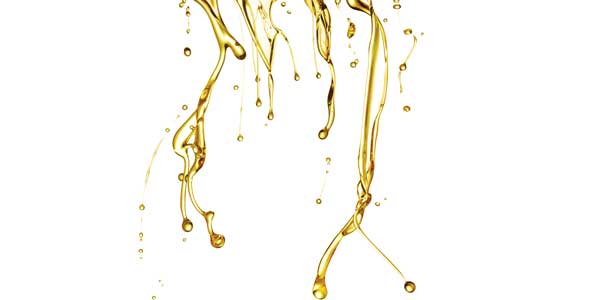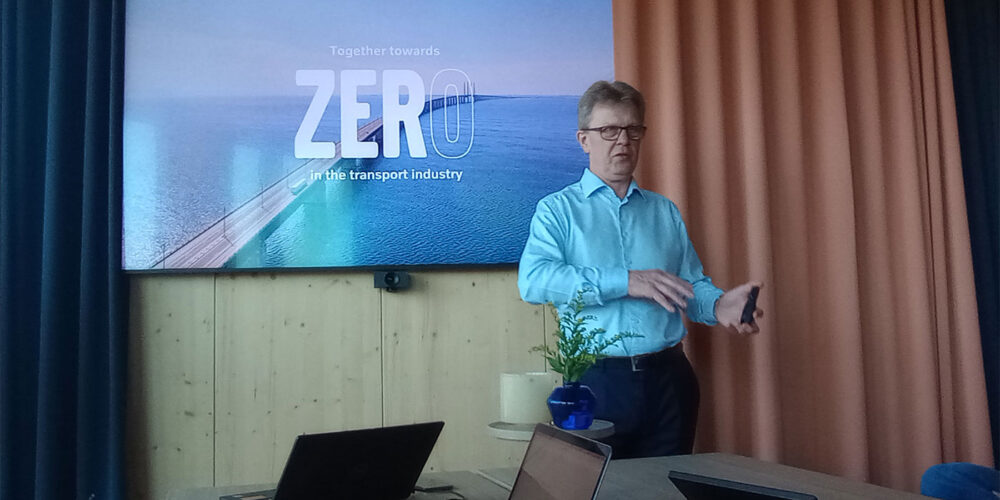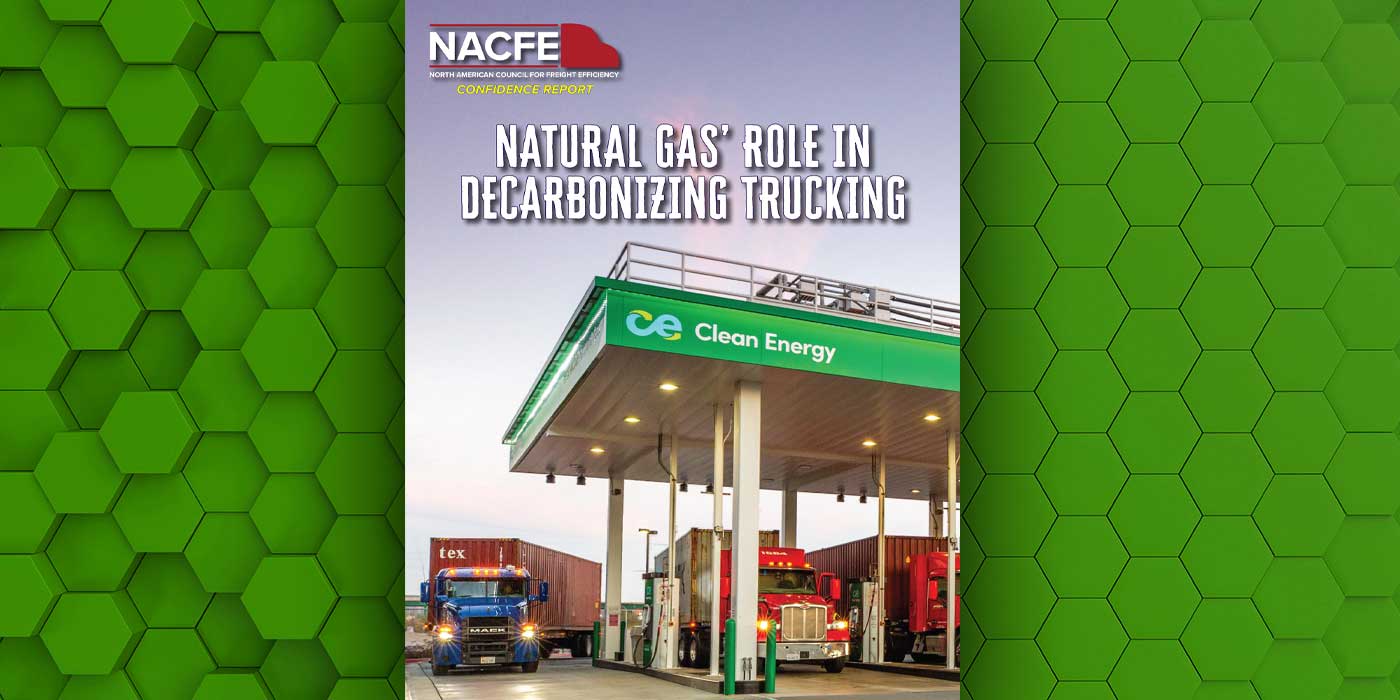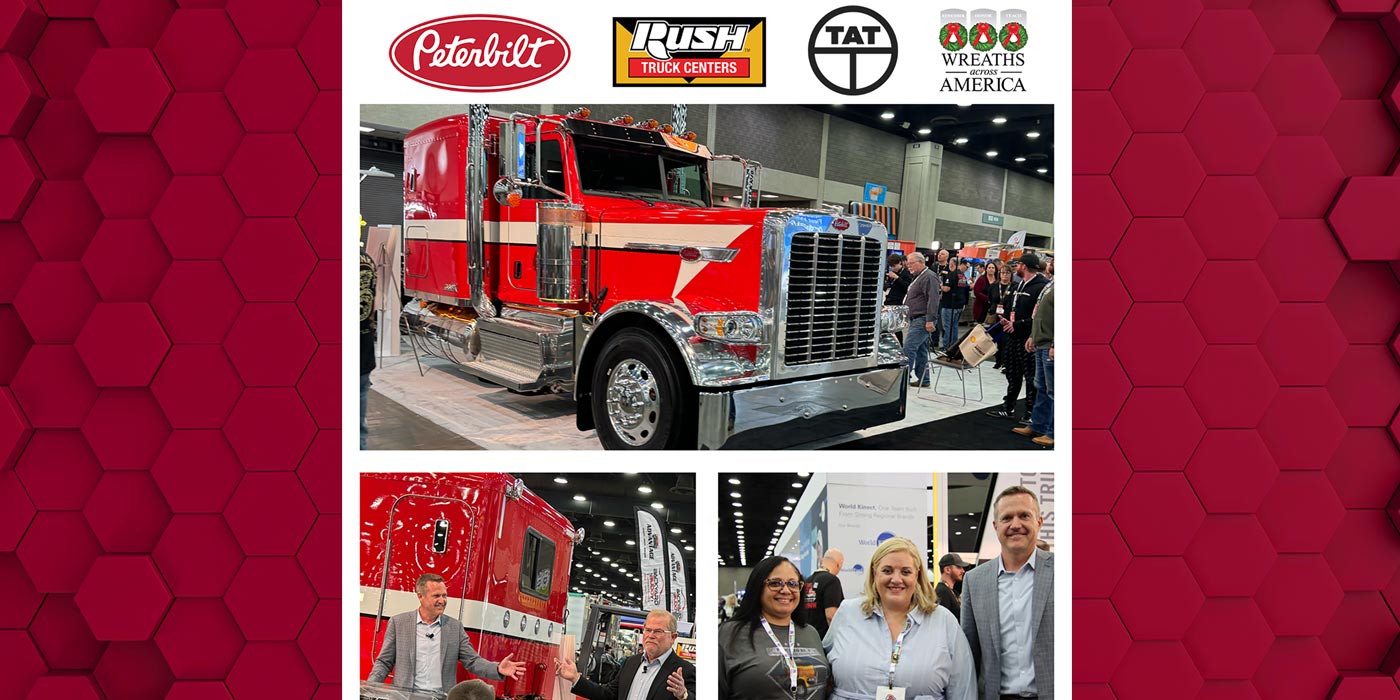Understanding engine oil quality can ensure the proper operation of your fleet and prevent unforeseen damage during the recommended oil drain interval. Fleets commonly employ used oil analysis (UOA) to judge the oil life in their vehicles. By understanding and reviewing elemental analysis, oxidation and nitration, viscosity and soot, fleets can confirm successful oil performance and help maximize uptime in their vehicles.
Elemental analysis
These metrics show the level of metal components in engine oil, a key indicator of engine component wear. The elements measured show the material debris removed from engine parts dispersed in the engine oil as they wear. Concentrations of metal elements (measured in percentages or parts per million, or PPM) in the engine oil are determined by an analytical chemistry technique called Inductively Coupled Plasma Atomic Emission Spectrometry (known as ICP).
This wear can be either mechanical, due to a lack of sufficient lubrication, or corrosive, due to chemical attack by acids formed in combustion.
Each engine component has a different type of wear metal associated with it.
For example, steel piston ring wear would lead to iron wear metal, whereas bronze bushing wear would lead to copper and tin wear metals. High wear metal concentrations indicate damage to these parts.
Oxidation and nitration
Oxygen and the nitrogen oxides (NOx) are reactive gases in the combustion chamber that come in contact with engine oil. The base oil and chemical additives in engine oil react with oxygen and nitrogen oxide, leading to chemical changes. These changes can be detrimental to engine oil performance, as they alter it from its original state.
The chemical changes that occur due to reaction with oxygen are called oxidation, and those due to nitrogen oxide are called nitration. Oxidation and nitration of engine oil can be detected by an analytical chemistry technique called Infrared Spectroscopy (IR). A higher reported value for oxidation and nitration indicates a greater extent of oil degradation. Oxidation and nitration can reduce the useful lifetime of oil.
Kinematic viscosity
Viscosity is a measure of the “thickness” or “fluidity” of engine oil. Engine oil viscosity is often assessed by measuring kinematic viscosity at 40°C (KV40) or 100°C (KV100). A higher temperature causes oil to thin and become more fluid. So KV100 will be lower than KV40.
At the beginning of its life, an engine oil’s viscosity may decrease slightly as mechanical forces break down some of its most viscous components. Contamination by a lower viscosity fluid such as fuel will also cause a reduction in engine oil viscosity.
The processes of oxidation and nitration degrade engine oil. The viscosity of oil will increase as highly viscous sludge and sludge precursors start to accumulate. If the viscosity of oil increases too much, it will not be possible for oil to be pumped around the engine, leading to loss of lubrication and engine failure.
Soot
Soot consists of micrometer-scale particles of elemental carbon and is formed by incomplete combustion of fuel under fuel-rich conditions. Soot will pass from the combustion chamber into the crankcase via blow-by of combustion gases and be dispersed in the engine oil. The amount of soot in the oil can be measured by an analytical chemistry technique called thermogravimetric analysis (TGA Soot). When at excess levels in engine oil, soot can cause harm to the engine from oil thickening and abrasive wear. Paying attention to measurements like elemental analysis, oxidation, viscosity and soot are the best ways to keep the oil in your fleet’s engine running at top performance.
Optimization of today’s advanced vehicle technology requires more than simply relying on red flags or alerts on your UOA report; it requires truly understanding how these measurements impact oil life in your vehicles. In the long run, this knowledge can help minimize damage and optimize output in your fleet.














